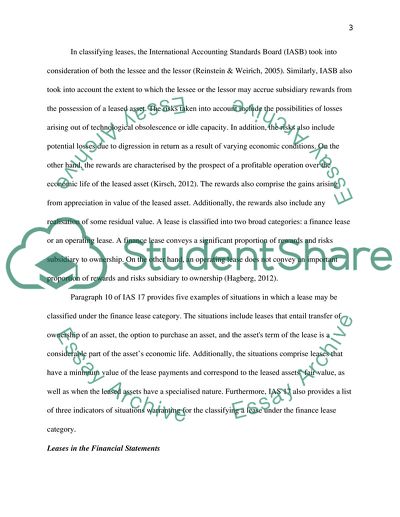Cite this document
(International Accounting Standards and Accounting Quality Term Paper, n.d.)
International Accounting Standards and Accounting Quality Term Paper. Retrieved from https://studentshare.org/finance-accounting/1681018-advanced-accounting-theory-practice
International Accounting Standards and Accounting Quality Term Paper. Retrieved from https://studentshare.org/finance-accounting/1681018-advanced-accounting-theory-practice
(International Accounting Standards and Accounting Quality Term Paper)
International Accounting Standards and Accounting Quality Term Paper. https://studentshare.org/finance-accounting/1681018-advanced-accounting-theory-practice.
International Accounting Standards and Accounting Quality Term Paper. https://studentshare.org/finance-accounting/1681018-advanced-accounting-theory-practice.
“International Accounting Standards and Accounting Quality Term Paper”, n.d. https://studentshare.org/finance-accounting/1681018-advanced-accounting-theory-practice.


